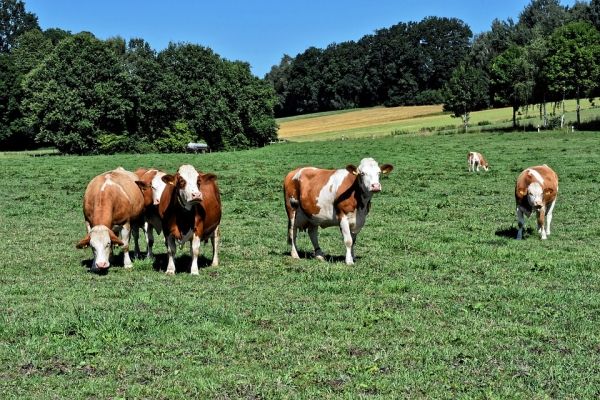A comprehensive assessment of 12 different strategies for reducing beef production emissions worldwide found that industry can reduce greenhouse gas emissions by as much as 50% in certain regions, with the most potential in the United States and Brazil. The study, “Reducing Climate Impacts of Beef Production: A synthesis of life cycle assessments across management systems and global regions,” is published April 5 in Global Change Biology.
A research team led by Colorado State University found that widespread use of improved ranching management practices in two distinct areas of beef production would lead to substantial emissions reductions. This includes increased efficiency to produce more beef per unit of GHG emitted – growing bigger cows at a faster rate – and enhanced land management strategies to increase soil and plant carbon sequestration on grazed lands.
Globally, cattle produce about 78% of total livestock GHG emissions. Yet, there are many known management solutions that, if adopted broadly, can reduce, but not totally eliminate, the beef industry’s climate change footprint, according to lead author Daniela Cusack, an assistant professor in the Department of Ecosystem Science and Sustainability at CSU.
Overall, the research team found a 46% reduction in net GHG emissions per unit of beef was achieved at sites using carbon sequestration management strategies on grazed lands, including using organic soil amendments and restoring trees and perennial vegetation to areas of degraded forests, woodlands and riverbanks. Additionally, researchers found an overall 8% reduction in net GHGs was achieved at sites using growth efficiency strategies. Net-zero emissions, however, were only achieved in 2% of studies.
Read more at Colorado State University
Photo Credit: Alexas_Fotos via Pixabay


